Women's World Cup final: Anya Shrubsole's late charge fires England to historic victory against India
A late collapse from India, sparked by five wickets in 19 balls from Shrubsole, saw England snatch an unlikely victory by nine runs
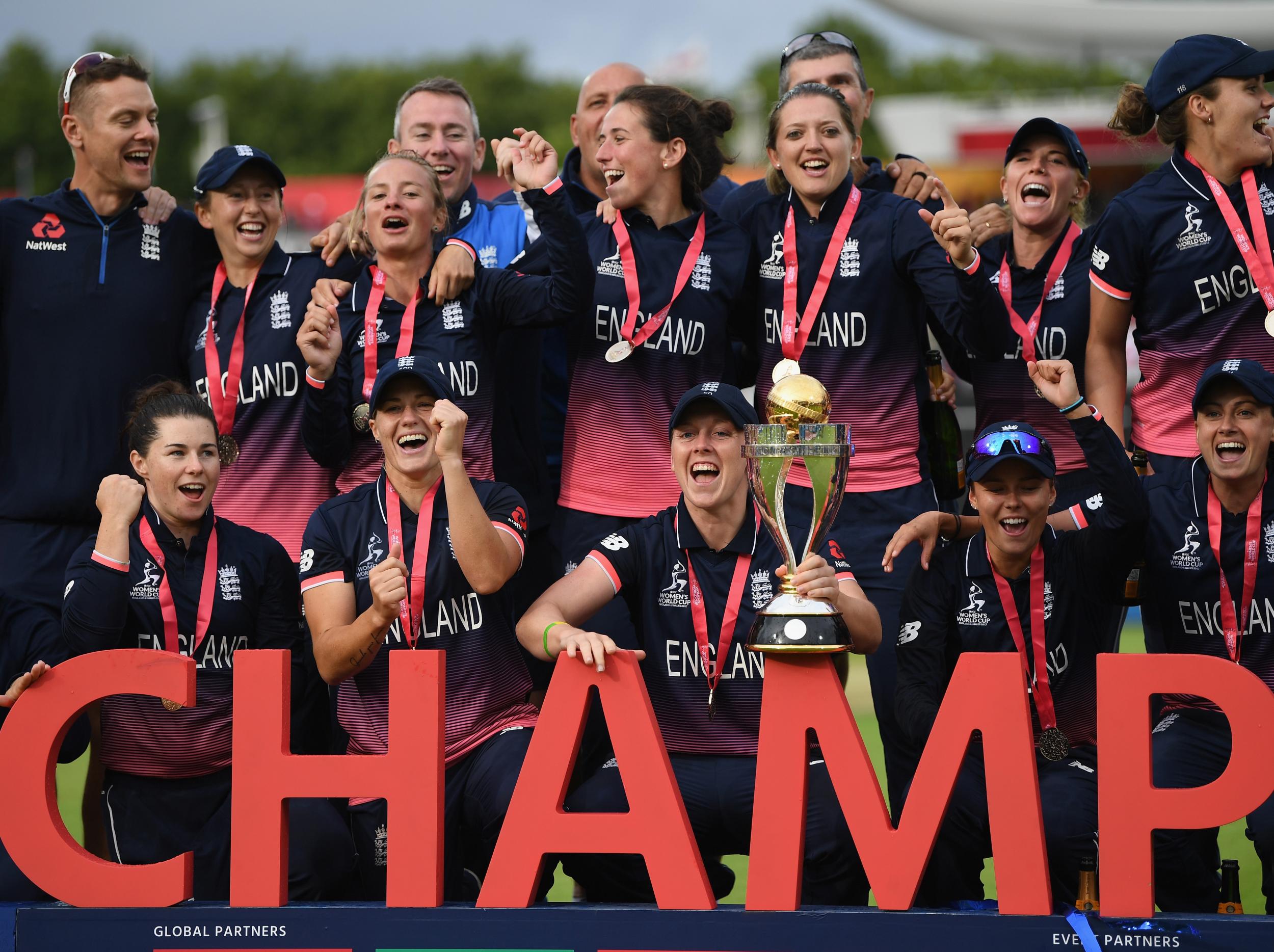
For women’s cricket - and, above all, England women’s cricket - this was a day to end all days. At 5:40 at a sell-out Lord’s, Anya Shrubsole curved a ball back in. The offstump was uprooted. And England had won the World Cup.
Sixteen years earlier, as a nine-year old visiting Lord’s, Shrubshole had declared her ambition to win the World Cup at the ground. For her, the rest of the team and anyone invested in the women’s game, July 23 2017 produced nothing less than “A dream you never think is going to come true.”
All of this had seemed utterly implausible half an hour earlier. India were 191-3, and cruising towards their target of 229. The first two balls of Shrubsole’s comeback had been thumped over the offside for four, and, for the first time, it was possible to detect a sense of fatalism among the crowd.
Then, Shrubsole nipped a ball back past Punam Raut, whose 86 had underpinned India’s smooth chase, and England had a sliver of hope again.
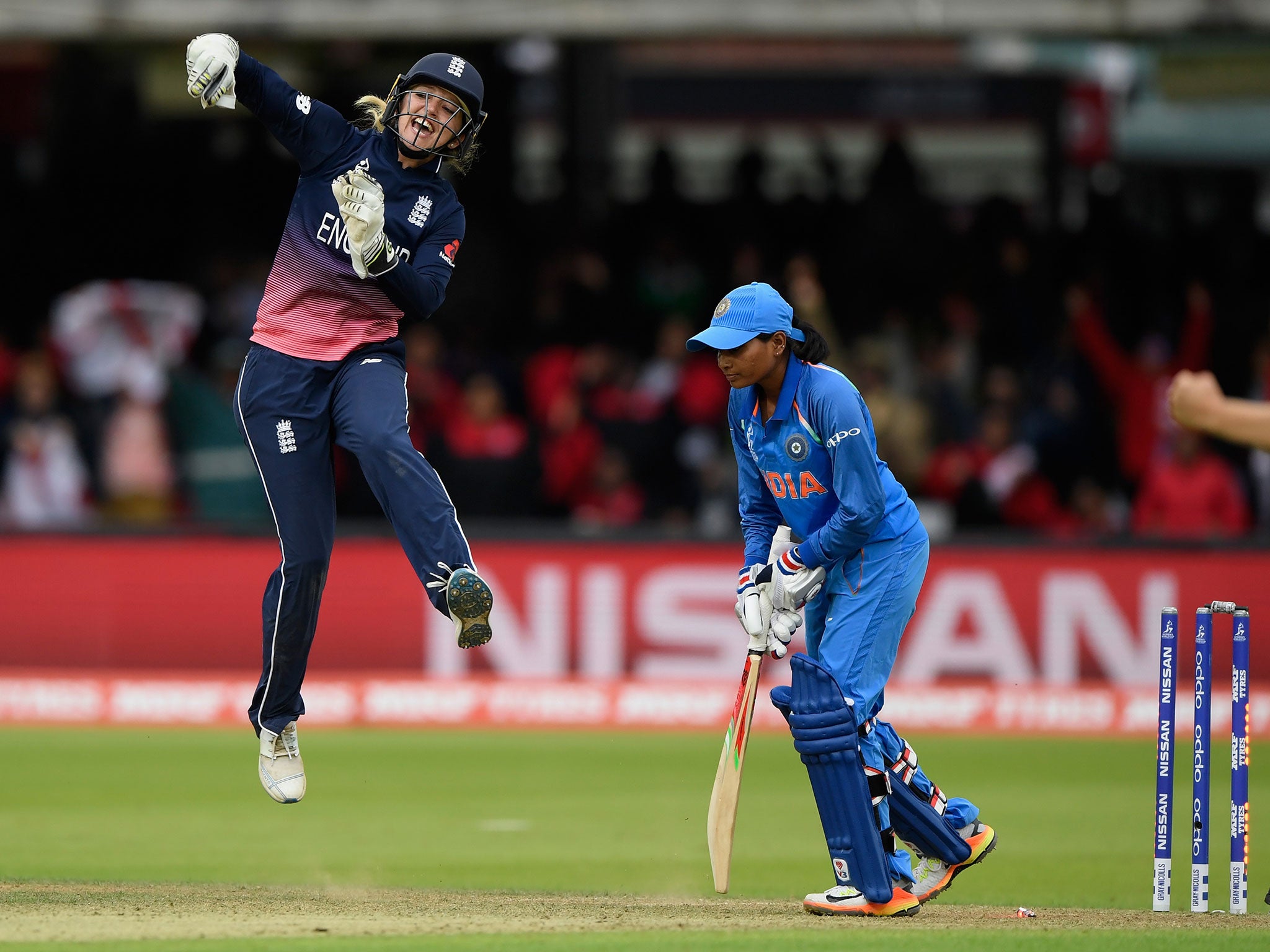
In the following over, Sushma Verma gloved Alex Hartley onto her legstump. India remained comfortable favourites, but a sense of panic was palpable.
Shrubsole resolved to exploit it, and turn the final through sheer force of will. Her method was simple but magnificent: bowling sharply while nipping the ball back, feeding off the pandemonium in the crowd and inviting India to self-destruct in pursuit of their first ever World Cup. And so a game that had been simmering gently all day ended with sporting bedlam.
In the space of three balls in the 45th over, Veda Krishnamurthy’s ugly heave picked out midwicket and then Shrubshole smeared a ball in to Jhulan Goswami’s legstump. Suddenly India had lost four wickets for ten runs.
Yet Deepti Sharma used her feet sumptuously to loft the next ball of the innings, from Hartley, for a straight four. Accumulation was fraught - especially when Sharma survived an excruciatingly long wait after what appeared to be a brilliant stumping from a legside wide by Sarah Taylor - but the target was whittled down from 28 runs to 11, with 16 balls still remaining. It still felt like India’s World Cup.

Then, another brilliant intervention from Shrubsole. This time it came fielding at point, when she dived to cut off the ball, and then, while still on her knees, threw the ball to Taylor who swooped to uproot the stumps and effect a staple of so many cricket collapses: the needless run-out.
Still, Sharma remained and, for as long as she did, India remained marginal favourites. But she swiped Shrubshole’s next ball to midwicket, deceived by a crafty slower ball. This was not a final in need of any more drama but, as if India’s anxiety was contagious, Jenny Gunn dropped a regulation chance at mid off to seal the cup.
It mattered not: Shrubshole’s next ball removed Rajeshwari Gayakwad’s offstump - one way to avoid relying upon fielders.
Delirium unfolded on the pitch and in the stands at an epic denouement to the 11th Women’s World Cup. Shrubshole had produced a spell of 5-11 in 19 balls to get them there, a colossal performance befitting of the occasion.
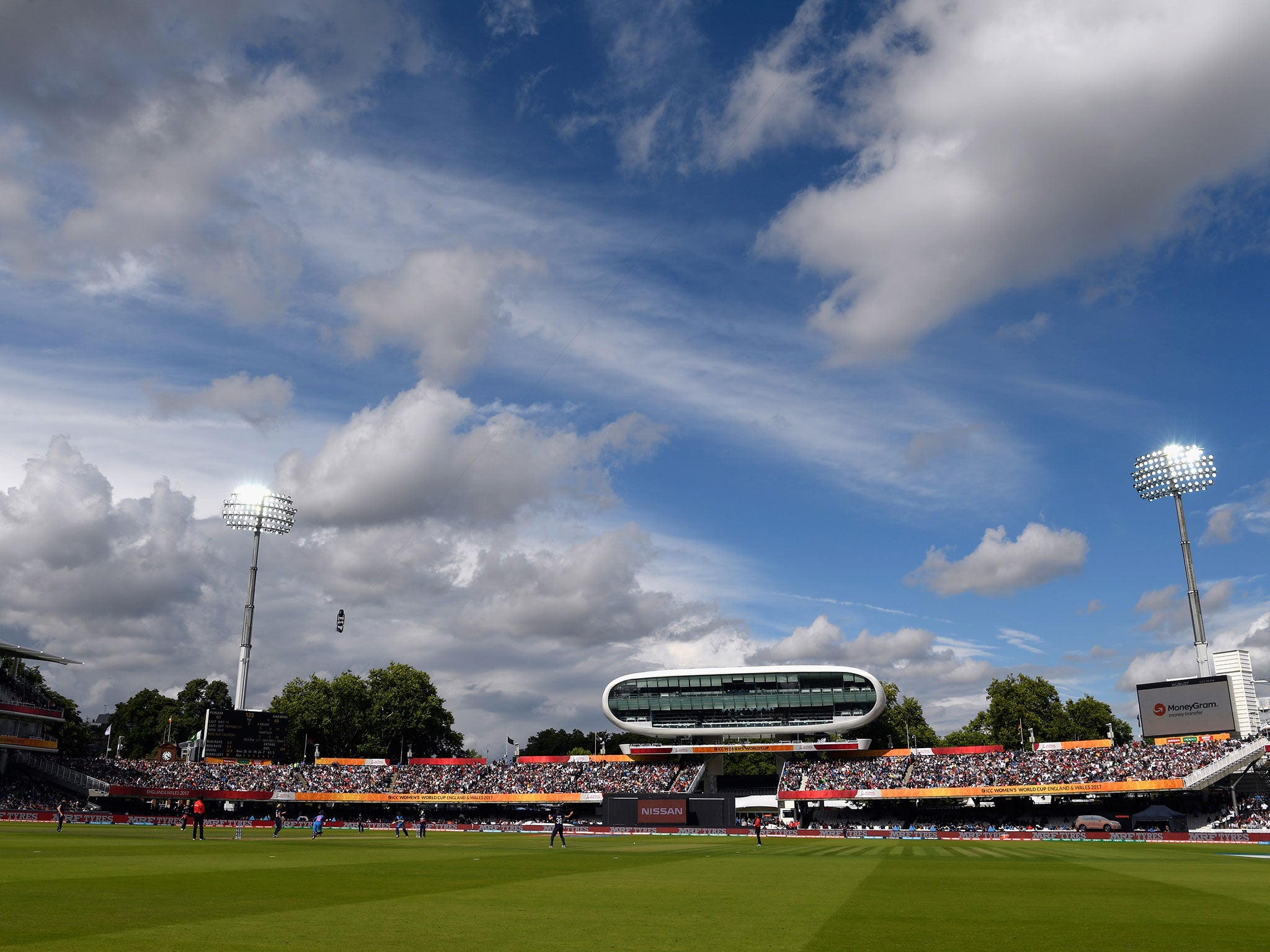
For a year, Lord’s has been working incessantly on the most concerted marketing campaign in the history of women’s cricket with one aim: to ensure the final of the World Cup sold out. But never could the marketers have envisaged a climax quite as perfect as this, the hosts and world cricket’s economic superpower tussling over 100 overs of a wildly oscillating match.
All along the day had flirted with producing such a finish. Initially in India’s innings, their target looked too onerous: with one ball left of the 20th over, they had meandered to 63-2 and the great Mithali Raj, the highest run-scorer in ODI history in her final World Cup game, had endured the indignity of being run-out, ambling towards the crease as if oblivious to the danger.
Yet in her sensational 171* in the semi-final win over Australia, Harmanpreet Kaur had confirmed herself as a rare talent, able to recalibrate the trajectory of a game. England had not managed a single six in their innings; Kaur hit two - thumping Hartley over long on and slogsweeping her into midwicket.
If hers was a slightly curious innings - it included only a solitary run through the offside - it combined with Raut to establish a position of Indian domination, which seemed so secure that it could even withstand Kaur’s dismissal, caught slogsweeping.
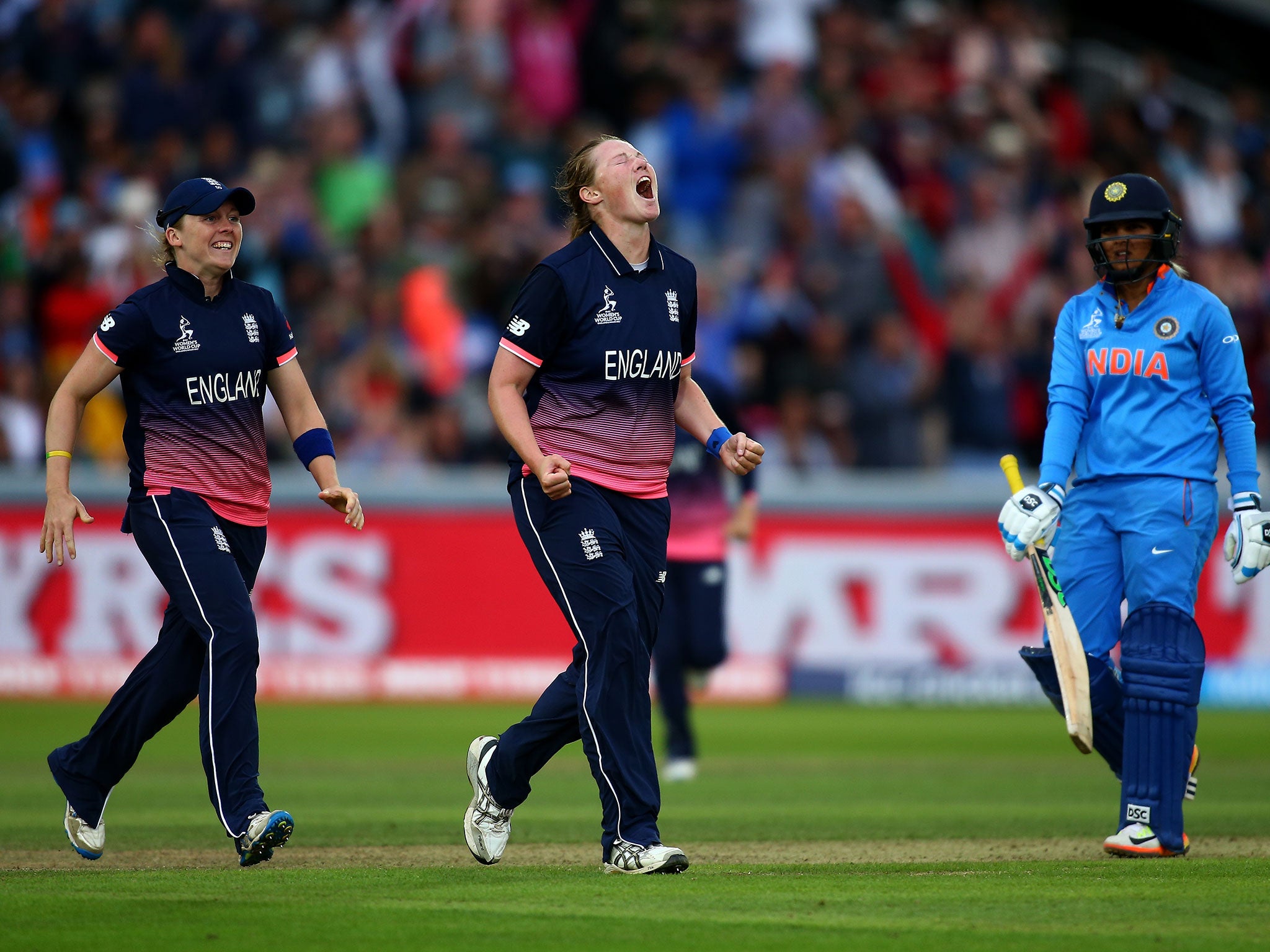
After Heather Knight had won the toss, Tammy Beaumont and Lauren Winfield made a sprightly start, surviving Goswani’s probing initial spell but scoring freely off Shikha Pandey as latecomers endured huge queues to get into the ground.
Since missing the first two World Cup matches through injury, Winfield has made plenty of such starts this tournament. The trouble has been her inability to capitalise. Here the same fate befell her again: she was bowled round her legs attempting to sweet for 24, her fourth such score between 20 and 26 this tournament.
Beaumont followed her partner in squandering a start, picking out midwicket when charging a Poonam Yadav full toss; and, when Heather Knight attempted to sweep Yadav and missed, Raj’s review found the ball would have uprooted middle stump. England had lost 3-16 and, at 63-3, their innings suddenly felt distinctly precarious.
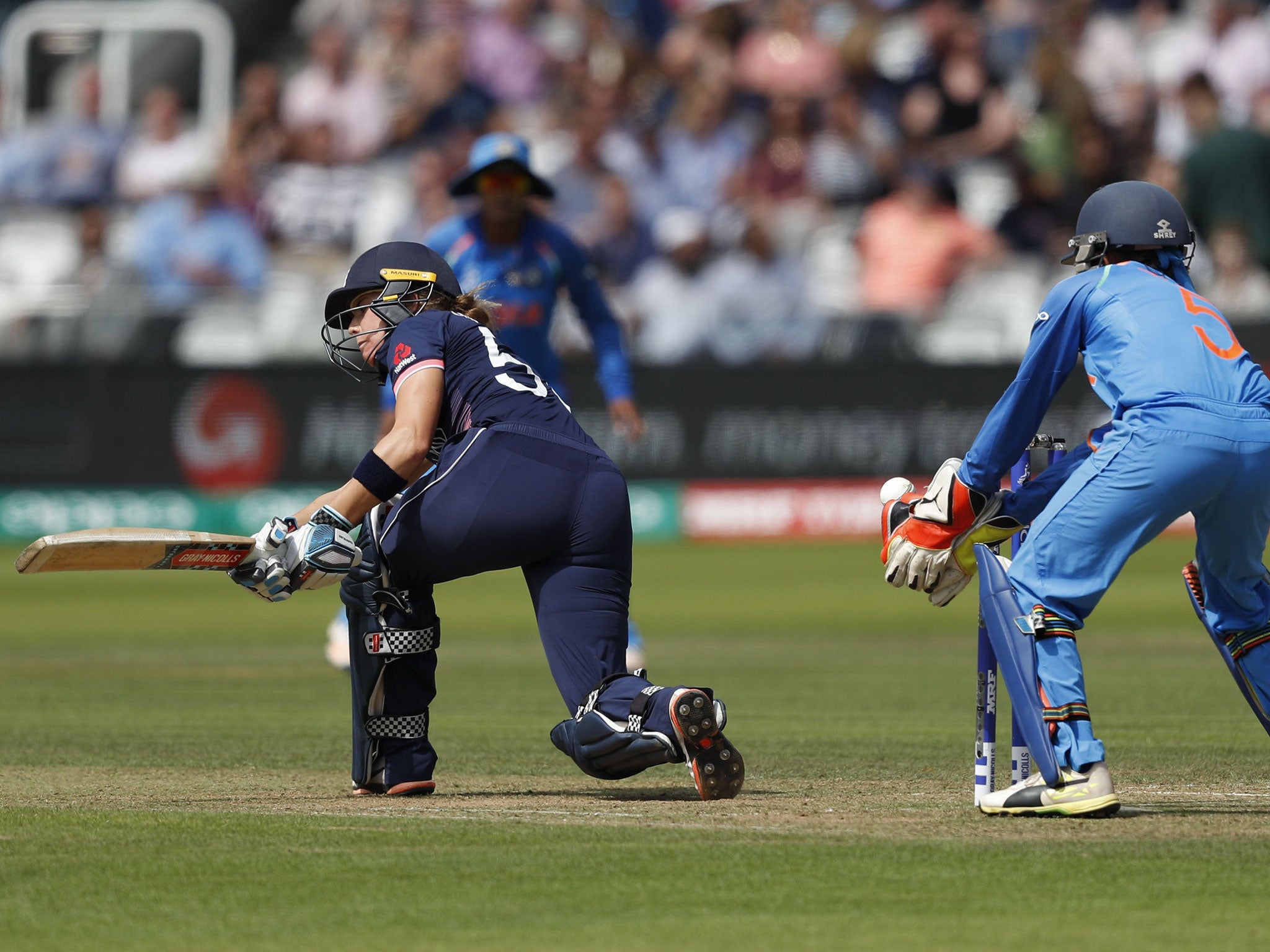
An essential, contrasting partnership followed. Sarah Taylor played with wonderful precision and touch while eschewing all risk, so much so that she was able to score 45 at a sharp rate without mustering a single boundary; Nat Sciver allowed far more dot-balls but was altogether more aggressive. As the two lifted England to 146-3 in the 33rd over, they had designs on a score of 270.
Consecutive deliveries from Jhulan Goswami - the first; the second - changed all that. That England still scrapped to 228-7 was a testament to the depth, resolve and shrewd cricket provided by Katherine Brunt, Jenny Gunn and Laura Marsh. Only much later in the day would the true worth of these runs be apparent.
As England’s World Cup winners were saluted on their well-earned lap of honour, a day that begun with 105-year-old Eileen Ash, England's oldest living former women's cricketer, ringing the Lord’s bell ended with the possibilities of women’s cricket more tantalising than ever. What looms is a game with more investment, more competitive international teams and, perhaps, a women’s IPL too.
This is all to relish in the coming years - and, until then, the memory of a seminal tournament for women’s cricket.
Join our commenting forum
Join thought-provoking conversations, follow other Independent readers and see their replies
Comments
Bookmark popover
Removed from bookmarks